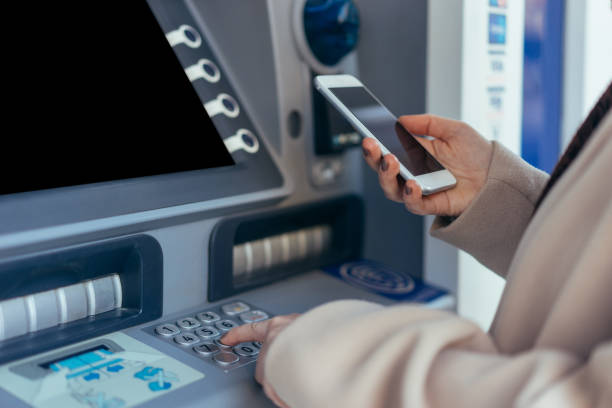Banking

Challenge
The value of financial data sharing is clear for both consumers and financial institutions. The rise of Open Banking under the revised Payment Services Directive (PSD2) allows banks to share identity and financial data with the explicit consent of citizens. This empowers users to manage multiple accounts and access third-party services through a unified interface.
However, this raises critical questions about data ownership and control. Once consent is granted, how can we ensure that the original data provider—typically the citizen—retains ownership and that confidentiality is preserved? Additionally, banks are required to comply with Know Your Customer (KYC) and Anti-Money Laundering (AML) regulations. Sophisticated financial fraud schemes such as money mulling often span across multiple banks and jurisdictions. Combatting these effectively requires inter-bank data sharing while protecting individual privacy.
TANGO solutions
TANGO addresses these concerns by introducing federated learning, data tokenisation, and self-sovereign identity (SSI) to strike a balance between fraud detection and data privacy. In this pilot, banks collaboratively train anti-fraud models using Federated Learning (FLEVIDEN), ensuring that sensitive financial and identity data never leave the institution’s control.
The pilot explores how TANGO components enable the detection of fraudulent behavior across multiple banks by correlating transaction patterns and customer behavior through privacy-preserving analytics. Personal data is never directly exposed, thanks to advanced tokenisation and distributed learning mechanisms. The resulting fraud detection systems are both more accurate and resilient, benefiting from the collective intelligence of participating institutions.
An anti-fraud operator accesses and interacts with the Federated Learning environment through MLOps and AutoML pipelines, reviews model outputs supported by explainable AI (XAI), and adapts in-house systems to act on suspected fraud signals.
Additionally, TANGO ensures continuous behavioral authentication of users and devices, enabling proactive fraud detection and boosting user trust in digital financial services. This solution aligns with GDPR principles while enhancing cross-bank collaboration for AML compliance.